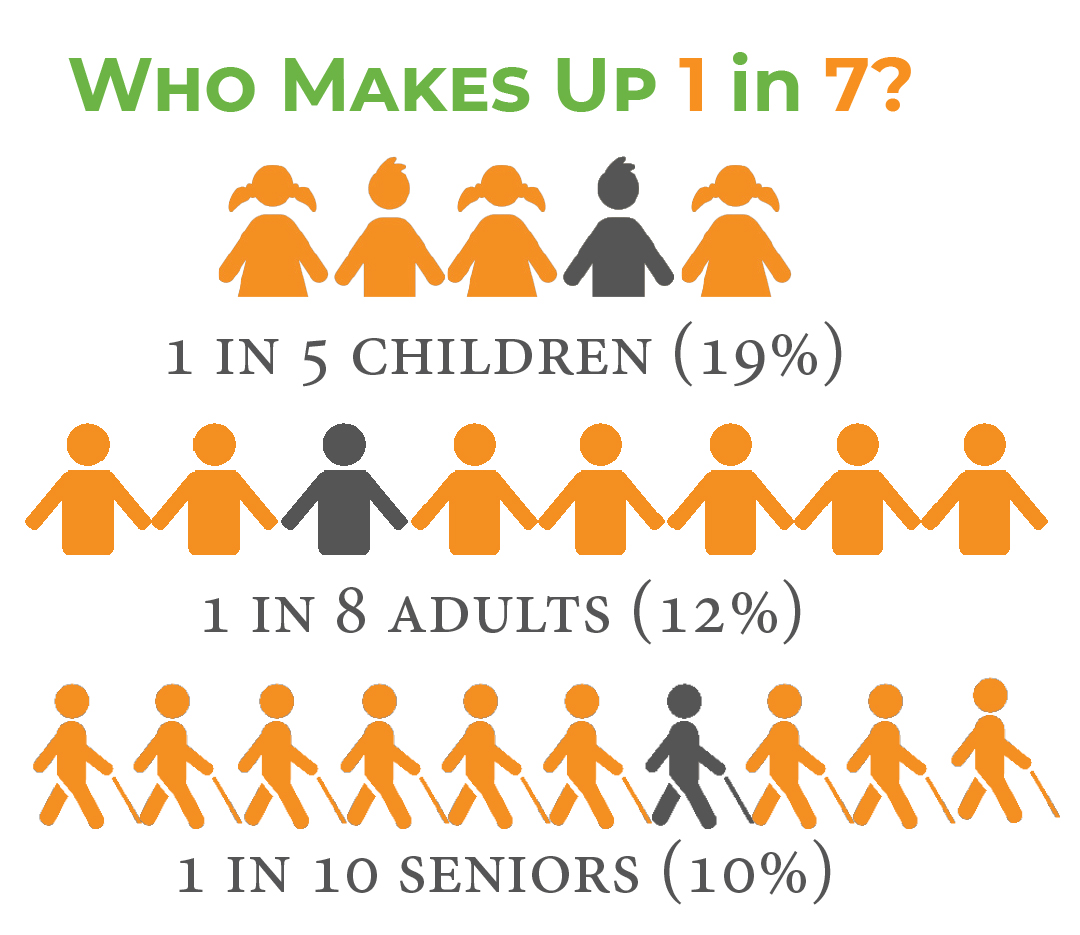In July, the USDA announced that this would stop.
The result was a 90% drop in school meal participation. Schools faced a financial cliff and would be forced to stop serving meals in as little as two months. Food producers experienced a precipitous drop in business and faced the certainty of hundreds of layoffs. Families struggled with the sudden loss of as many as 10 meals per week for their kids. During historic unemployment and a global pandemic, the loss of this vital food assistance resource would be devastating.
Advocating for Our Kids
San Diego Hunger Coalition played a critical role in local advocacy to reverse the USDA’s decision to limit schools’ ability to serve students meals. We mobilized and engaged local education, hunger relief, and business communities while working with legislators to gain support and momentum in Washington. Three letters supporting the continuation of free school meals for every student were sent to the USDA signed by U.S. representatives and California legislators. The Hunger Coalition also partnered with Representative Ilhan Omar (MN) to gather more support in the House.
The Hunger Coalition knows that food insecurity affects entire communities, which is why we invited local businesses to the table. We learned from local food producers that the USDA’s policy preventing free school meals during COVID-19 would result in major cutbacks and layoffs. We added their voice to the call for action by the USDA and sent a letter signed by 20 food producers and distributors, including major corporations such as Tyson Foods, Hollandia Dairy, and Sysco San Diego. It was the only letter of its kind demonstrating the far-reaching impact that losing school meals would have.
What Happened?
All of this advocacy was successful! We worked with state and national partners to put pressure on the USDA from business leaders, school districts, nonprofits, and legislators across the country. On August 31st, they announced that they were re-extending flexibilities for schools to allow all children ages 18 & under to receive free meals at school through December 31, 2020. This is a big win for hunger relief during Coronavirus, but it’s not the end of our work.
The USDA has given no indication that these flexibilities will be extended through the end of the school year, even should the restrictive safety measures necessitated by the COVID-19 pandemic continue. This has led school districts, legislators, business leaders, and advocates to ask what happens on January 1st when flexibilities allowing schools to serve free meals to all of their students end?
San Diego Hunger Coalition will work with our partners to keep the pressure on the USDA to ensure that all of our kids are getting enough to eat to keep them healthy, happy, and strong.






























